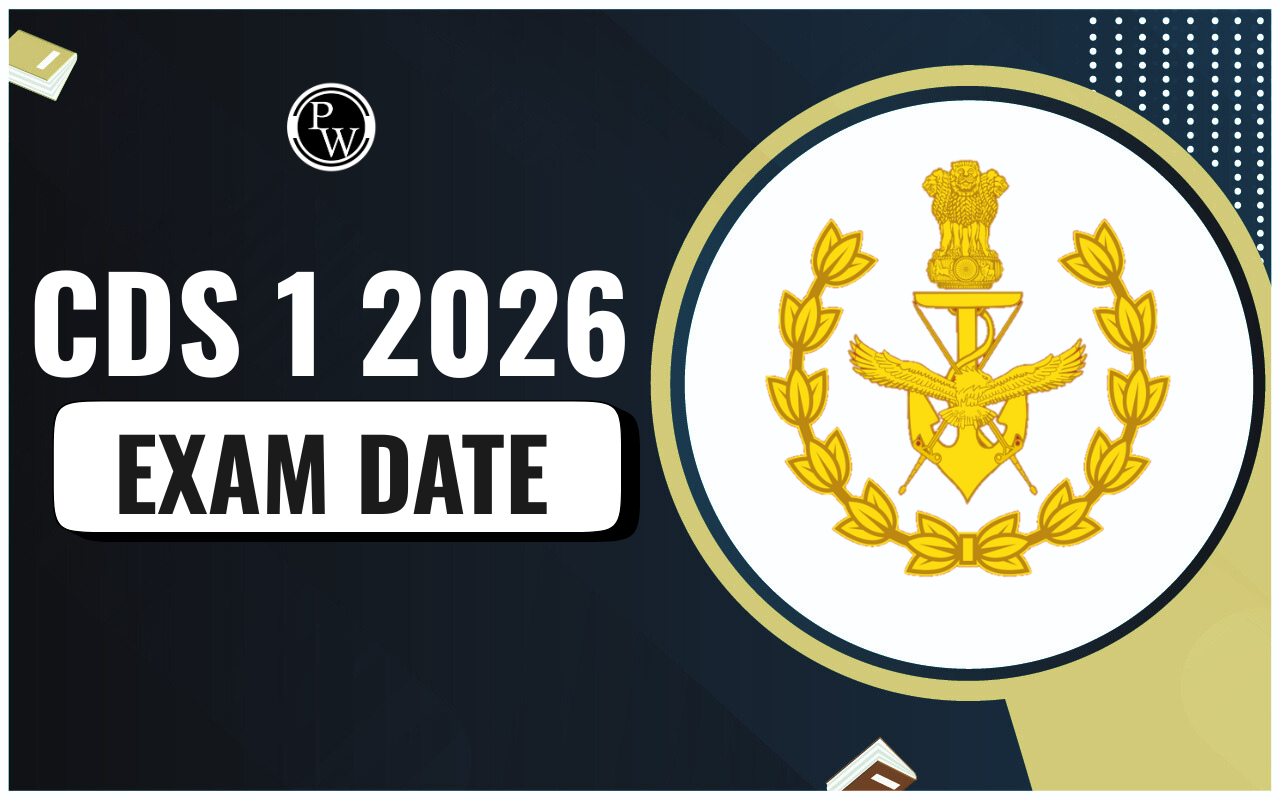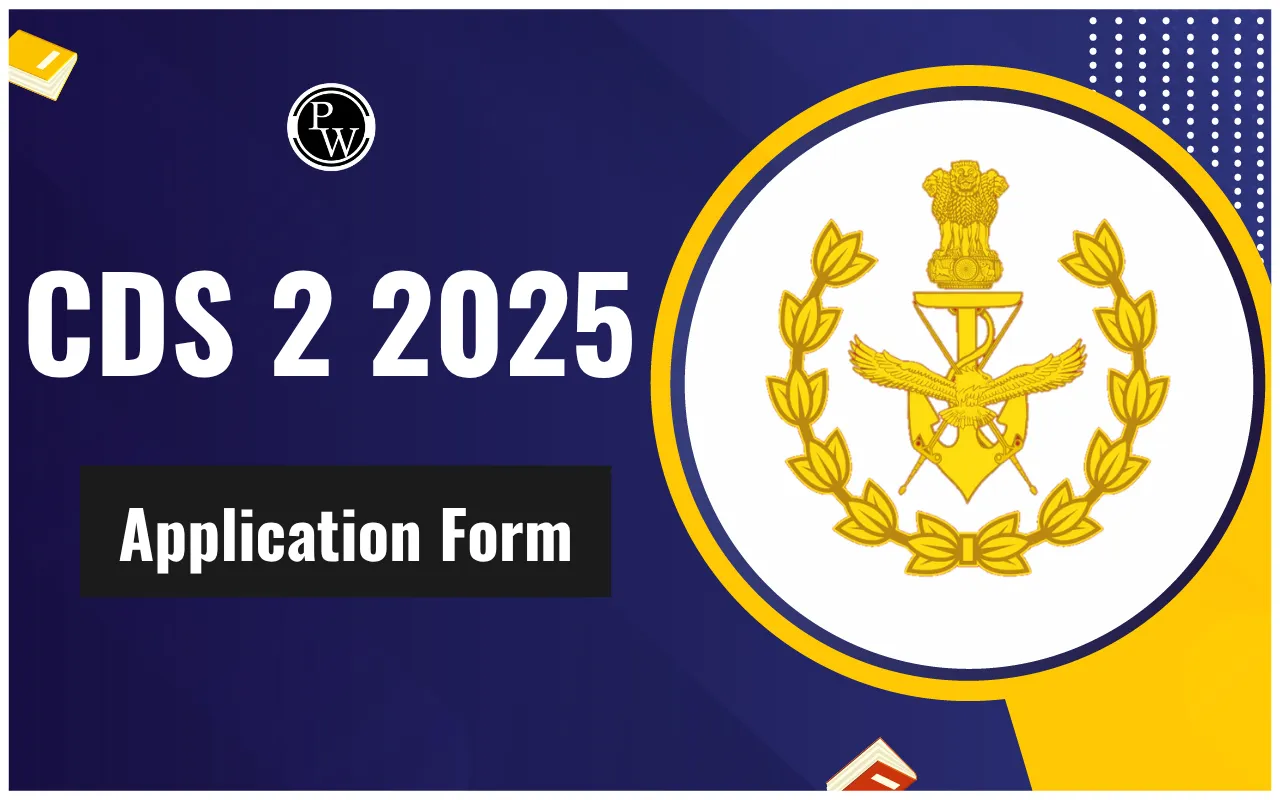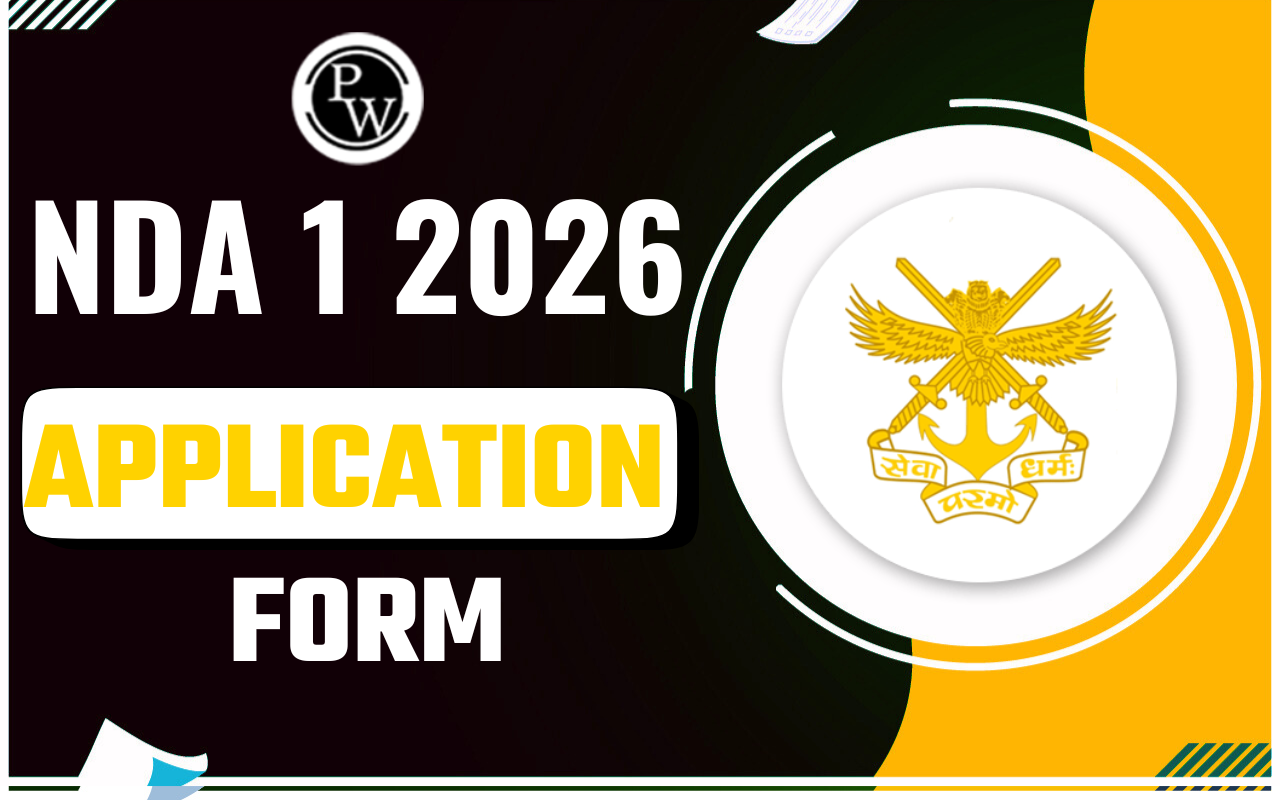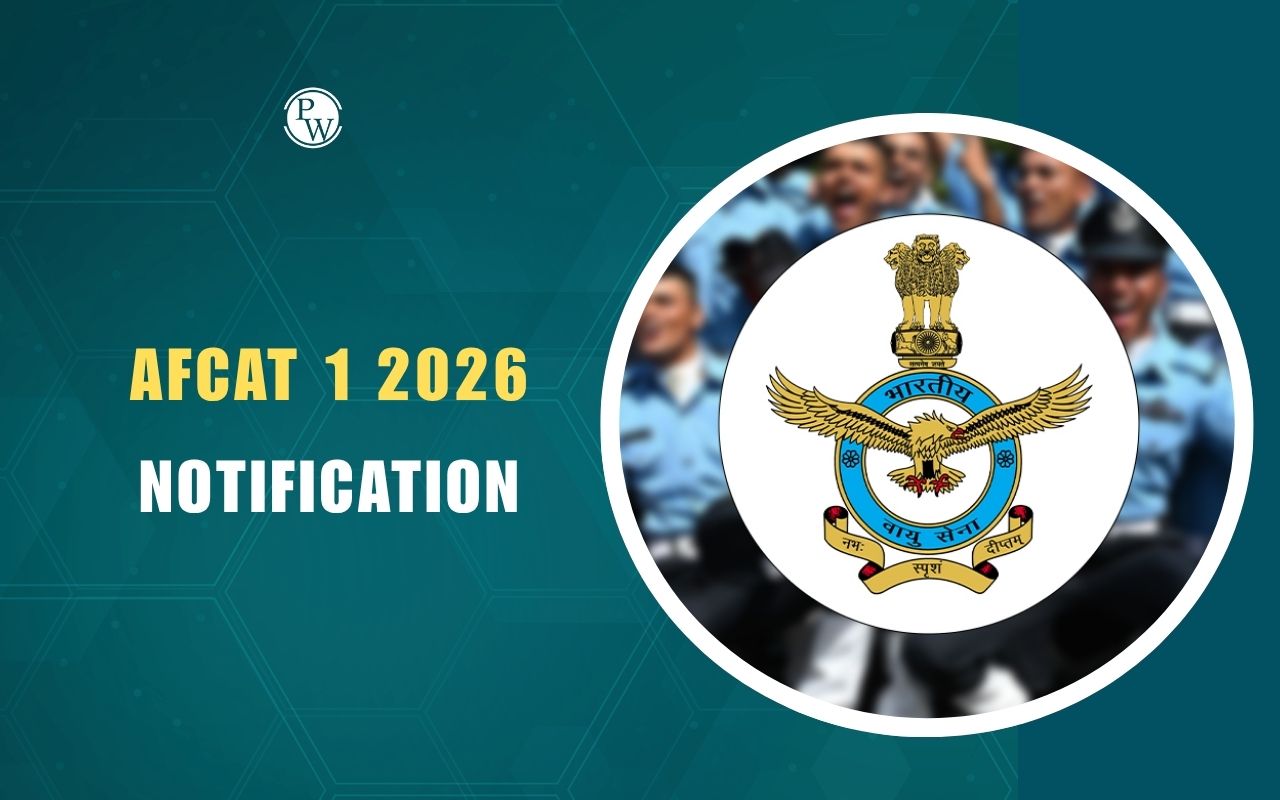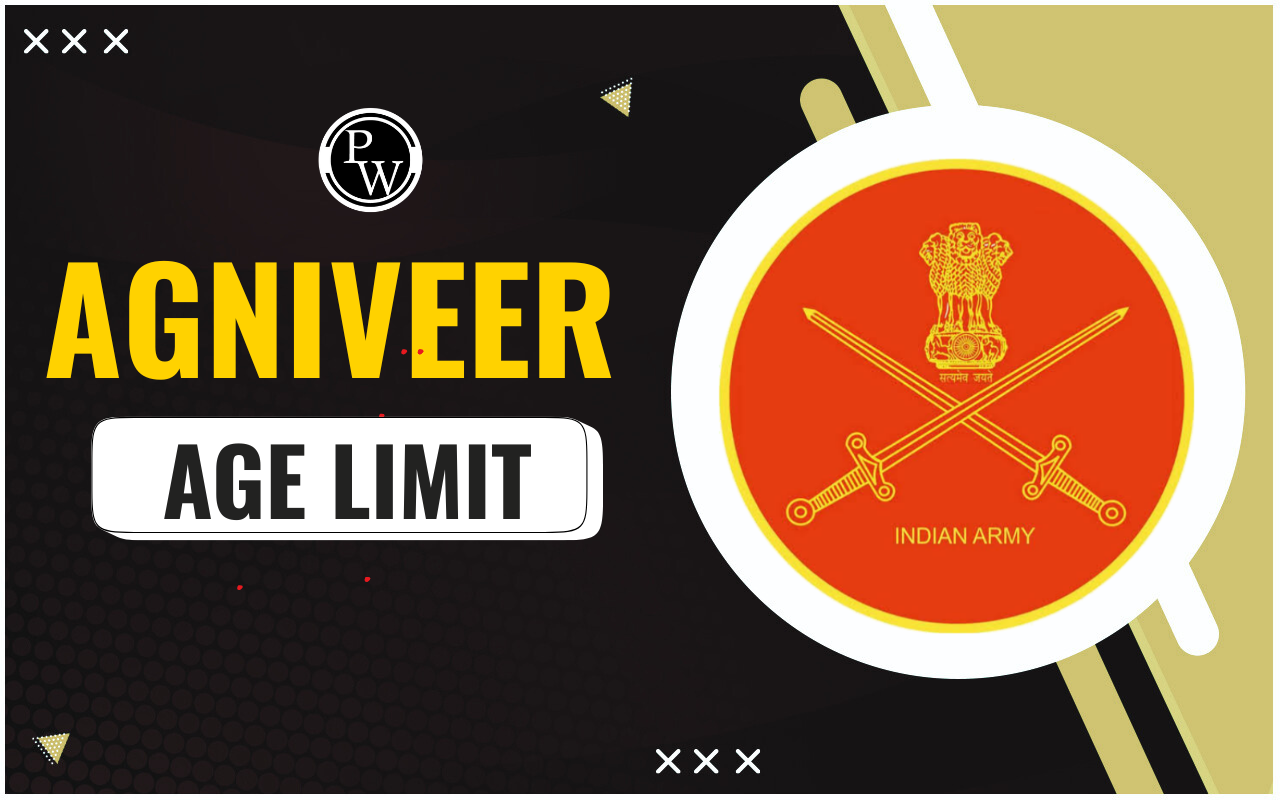
History of Indian Army uniforms is an interesting story that shows their traditions, discipline, and spirit. Over time, the uniforms have changed from old colonial styles to the modern, ready-for-battle clothes worn today.
These changes combine tradition, practical designs for different situations, and the army’s own special look. Every update in the uniform reflects not only usefulness but also pride, respect, and the unique character of each regiment.
History of Indian Army Uniform
The soldiers of the Indian Army are admired for their courage, discipline, and dignity. Their lifestyle is shaped by confidence and high moral values, which are reflected in the way they conduct themselves and even in the uniforms they wear. For them, the uniform is more than just attire—it symbolizes honor, identity, and pride. Based on rank, duty, and environment, different types of uniforms are worn.
At first, Indian soldiers wore the same uniforms as the British because of colonial influence. In the late 1800s, they switched to khaki uniforms, which blended in better with the Indian environment.
After India became independent in 1947, the Army chose olive-green uniforms, and in the 1980s moved to a new "brushstroke" camouflage pattern. Today, Indian Army uniforms have advanced even more, using a modern digital camouflage design introduced in 2022
The Indian Army Dress Code rules started during the British rule. Back then, soldiers in the East India Company and later the British Indian Army wore European-style uniforms. These clothes looked smart but were not very suitable for India’s hot and humid weather.
Indian Army
After India became independent in 1947, the British Indian Army was renamed the Indian Army. They began wearing olive-green combat uniforms to distinguish themselves from the Pakistani Army, which continued to use khaki uniforms, particularly during ceremonial occasions.
The Indian Army became known for its olive-green uniforms, but after some time, it realized the need for camouflage clothing. As a result, they introduced a camouflage uniform featuring a brushstroke pattern, while retaining the olive-green fatigues for regular duties.
In the early 1980s, this brushstroke camouflage was first used in battle uniforms. It was the Indian Army’s initial adoption of a camouflaged battle uniform, helping soldiers blend into their environment better and giving them an edge during combat.
Army Uniform Evolution Over the Years
The army uniform evolution has seen major transformations:
-
Pre-Independence Era – Khaki became the standard color as it helped soldiers blend into the environment during wars.
-
Post-Independence – Uniforms were simplified, and more lightweight fabrics were introduced to suit India’s diverse climates.
-
Modern Times – Camouflage patterns have become common in field uniforms, improving concealment during operations.
Each decade has brought upgrades in design, fabric, and utility, ensuring that soldiers are equipped for modern warfare.
East India Company
When the East India Company took charge of Bengal, it began hiring local Indians to serve in its army. These soldiers were dressed in uniforms that copied the red coats worn by British troops. That same bright red coat is still worn today by the Queen’s Guard in the UK, as it was once the iconic outfit of the British Empire.
The use of red in the Indian Army’s uniforms was a way to reflect the Union Jack and symbolize British power. Alongside red, different regiments also used other colors like yellow, green, gray, khaki, and blue for their uniforms.
Khaki
In the early days, Indian soldiers working for the East India Company wore bright-colored uniforms. This made them stand out during battles and easy for enemies to spot, which caused heavy losses.
To solve this problem, the British Indian Army later introduced uniforms in a light brownish color called khaki. These uniforms not only helped soldiers blend into India’s dusty environment but were also more comfortable in the hot climate.
The word “Khak” comes from a Persian word that means “dusty.” Since this color helped soldiers stay hidden much better than the old bright red uniforms, the British army adopted it widely. Soon, other armies across the world also started using khaki uniforms.
PDM
In the early 2000s, the Indian Army brought in a new camouflage uniform called the PC PDM pattern (PDM means “Pattern Distribution Material”). At that time, many armies around the world were testing out modern camouflage, and this design became the Indian Army’s updated battle dress.
The pattern was largely inspired by the French Woodland design. It works quite well in most parts of India, especially in the thick forests of the Northeast and the green areas near the Line of Control. But it doesn’t blend well in desert regions like Rajasthan, where a sand-colored desert uniform is much more effective.
Digital Camouflage
On Army Day in 2022, the new digital camouflage uniform was unveiled for the first time. The design was developed with the involvement of the National Institute of Fashion Technology (NIFT), marking a major change in the soldier’s attire.
The updated fabric is lighter, tougher, and more breathable, making it suitable for the different terrains where soldiers are deployed. Thanks to the material, it offers better comfort and flexibility. The uniform is made with a 70:30 blend of cotton and polyester, which makes it lightweight, quick-drying, and more comfortable in hot and humid conditions while allowing better airflow.
This marks another chapter in the evolution of military uniforms in India—from the early days of British-inspired outfits to modern, digitally designed fabrics. Over the years, the Indian Army has embraced different styles, always wearing them with pride while protecting the nation’s borders.
Indian Army Regiment Uniforms
One of the most unique aspects of the Indian Army is the Indian Army regiment uniforms. Every regiment has its own distinctive identity reflected in its uniform accessories, such as:
-
Turbans, berets, and headgear in different colors
-
Regimental badges and insignia
-
Lanyards and shoulder flashes
-
Special ceremonial sashes and belts
For example, Sikh regiments wear turbans with pride, while Gorkha soldiers are known for their iconic khukuri emblem. These details highlight the diversity and tradition of India’s armed forces.
Ceremonial Army Dress
Apart from combat uniforms, the Indian Army also has special ceremonial army dress for parades, official functions, and state events. These uniforms are grand, decorated with medals, ribbons, and regimental insignia.
Notable occasions like the Republic Day Parade, Guard of Honour ceremonies, and military weddings feature these ceremonial outfits. They symbolize not just discipline but also the Army’s deep respect for tradition and honor.
Army Uniform Types in India
The army uniform types are broadly divided into:
-
Combat Uniforms – Camouflage dress for field duties and operations.
-
Ceremonial Uniforms – Worn during parades, functions, and official events.
-
Mess Dress – Formal attire worn during official dinners and regimental gatherings.
-
General Duty Dress – Regular attire used in non-combat daily duties.
Each type has its significance and is worn as per the occasion and duty.
History of Indian Army Uniform FAQs
What is the History of Indian Army Uniform?
What is Khaki?
When was Digital Camouflage invented?
Who designed the uniform of the Indian Army?

